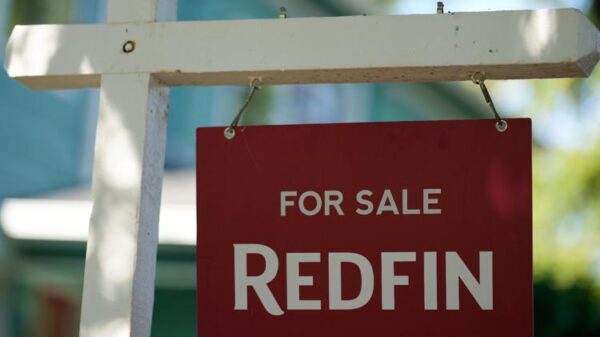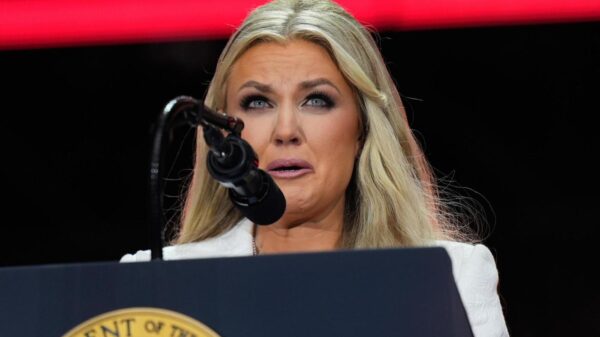The Public Utilities Commission of Southern Nevada (PUC) recently approved a controversial “peak demand charge” proposed by NV Energy. This decision has sparked criticism from consumer advocates who argue that it prioritizes the utility’s profitability over protecting residents from increased costs. The charge is projected to generate an additional $146 million in annual revenue for NV Energy, raising questions about the impact on consumers.
Supporters of the PUC contend that the commission is tasked with balancing consumer rates with the financial stability of utility companies. Yet, critics suggest that the recent decision fails to uphold this responsibility. A more transparent solution, such as adjusting the monthly base rate from $18.50 to $24, has been proposed as a fairer alternative for Southern Nevada residents.
NV Energy asserts that customers will benefit from savings due to the new charge. However, the projected increase in revenue indicates that consumers may face higher bills. The utility claims that the new structure will help manage peak demand, yet many residents fear that it might lead to further financial strain.
The implications for rooftop solar customers are particularly significant. Over 100,000 households in Southern Nevada have invested substantial amounts in solar energy systems, expecting to save on their electricity bills. Yet, according to the current system, these solar customers are credited with only 20 percent to 25 percent of the retail rate for the energy they generate. For instance, if the average rate is $0.16 per kWh, solar users receive around $0.04 per kWh for the power they provide back to the grid.
In contrast, NV Energy sells this generated power at the full retail price, pocketing the difference of approximately $0.12 per kWh. This situation raises concerns regarding consumer protection and the treatment of those who have opted for renewable energy solutions. Critics argue that the PUC should have considered these profit margins when approving the peak demand charge.
The ongoing debate reflects a larger discussion about energy pricing and consumer rights in the context of evolving energy markets. As more households turn to renewable energy options, the dynamics between utility companies and consumers may continue to shift. Residents and advocates are calling for greater transparency and fairness in how energy charges are structured, emphasizing the need for the PUC to protect consumer interests effectively.
This decision by the PUC has opened a dialogue about energy costs and the responsibilities of utility companies in a changing landscape. As communities grapple with these challenges, the impact of policies like NV Energy’s peak demand charge will likely remain a contentious topic in Southern Nevada and beyond.





































































